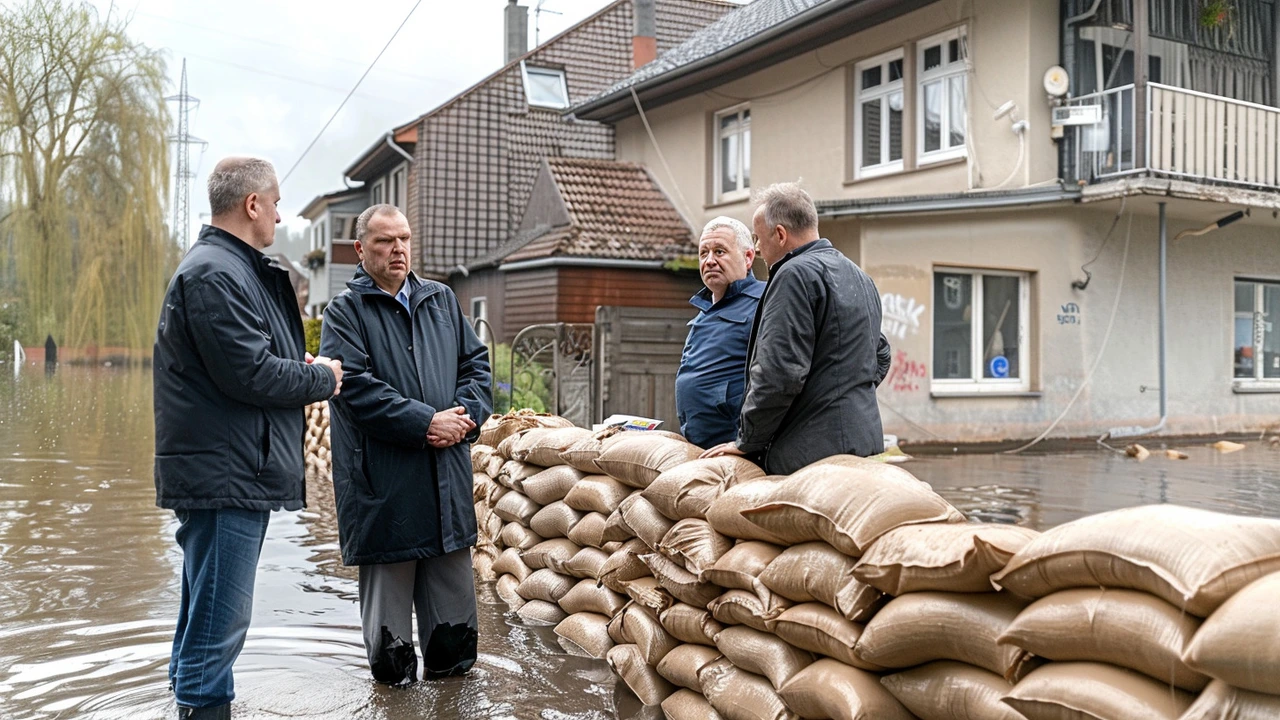Flood Relief: What’s Happening in Africa and How You Can Help
Heavy rains have turned streets into rivers, homes into ruins, and livelihoods into uncertainty across Africa. From the floods that swamped parts of South Africa’s Gauteng province to the deluge that swept through Nigeria’s river basins, the scale of damage is massive. Yet the response is equally massive – governments, NGOs, and ordinary citizens are pulling together to save lives and rebuild communities. Below you’ll find a quick snapshot of what’s going on and what you can do right now.
Current Flood Situations Across Africa
In the last month, South Africa reported unprecedented rainfall in the Highveld, causing flash floods that knocked out power and forced evacuations. The city of Johannesburg saw several neighborhoods lose access to clean water, prompting emergency water tanks to be set up by the municipal authority.
Nigeria’s north‑central states have also been hit hard. Rivers burst their banks, washing away crops and leaving thousands without shelter. Local authorities have declared a state of emergency and are coordinating with the National Emergency Management Agency (NEMA) to distribute relief kits.
East Africa isn’t immune either. Kenya’s coastal region faced coastal flooding after a stalled storm system dumped over 200mm of rain in 48 hours. Relief teams are already on the ground providing temporary shelters and medical aid.
These events share common challenges: lack of safe drinking water, risk of water‑borne diseases, and the urgent need for sturdy shelters. Knowing the main problems helps you understand where assistance is most needed.
Practical Steps for Immediate Relief
1. Donate to trusted local NGOs. Organizations that already operate in the affected areas can get supplies where they’re needed fastest. Look for groups that publish transparent reports – for example, the South African Red Cross, Nigeria’s Red Crescent, or Kenya’s Habitat for Humanity.
2. Share accurate information. Rumors spread quickly during crises. If you see verified updates from official sources, repost them. Clear info helps people avoid dangerous routes and find relief centers.
3. Volunteer your time. Many shelters need hands‑on help – from cooking meals to sorting donated clothing. Even a few hours a week can make a difference, especially if you have experience in logistics or first aid.
4. Provide clean water solutions. Potable water is the top priority. If you can, donate water purification tablets, portable filters, or even bottled water. Small donations add up when many people contribute.
5. Support long‑term rebuilding. Floods often destroy homes that were built without proper drainage. Contributions to programs that fund resilient housing, such as raised foundations or flood‑proof materials, help communities stay safe in future storms.
Remember, every action counts. Even a tweet encouraging friends to donate can spark a chain reaction of support.
When you’re looking to help, start by checking the official disaster portals of the affected country. They usually list verified charities and give clear instructions on what’s most needed at the moment.
Stay safe, stay informed, and keep the spirit of community alive – that’s the real heart of flood relief.

4
Jun
Mass evacuations are underway in western Germany due to severe floods caused by heavy rainfall, leaving 12 dead and widespread destruction. Chancellor Olaf Scholz visited the ravaged regions to offer condolences and oversee relief operations. The German military plays a crucial role in the rescue efforts as submerged villages in North Rhine-Westphalia and Rhineland-Palatinate struggle with the disaster's aftermath.
Read More
